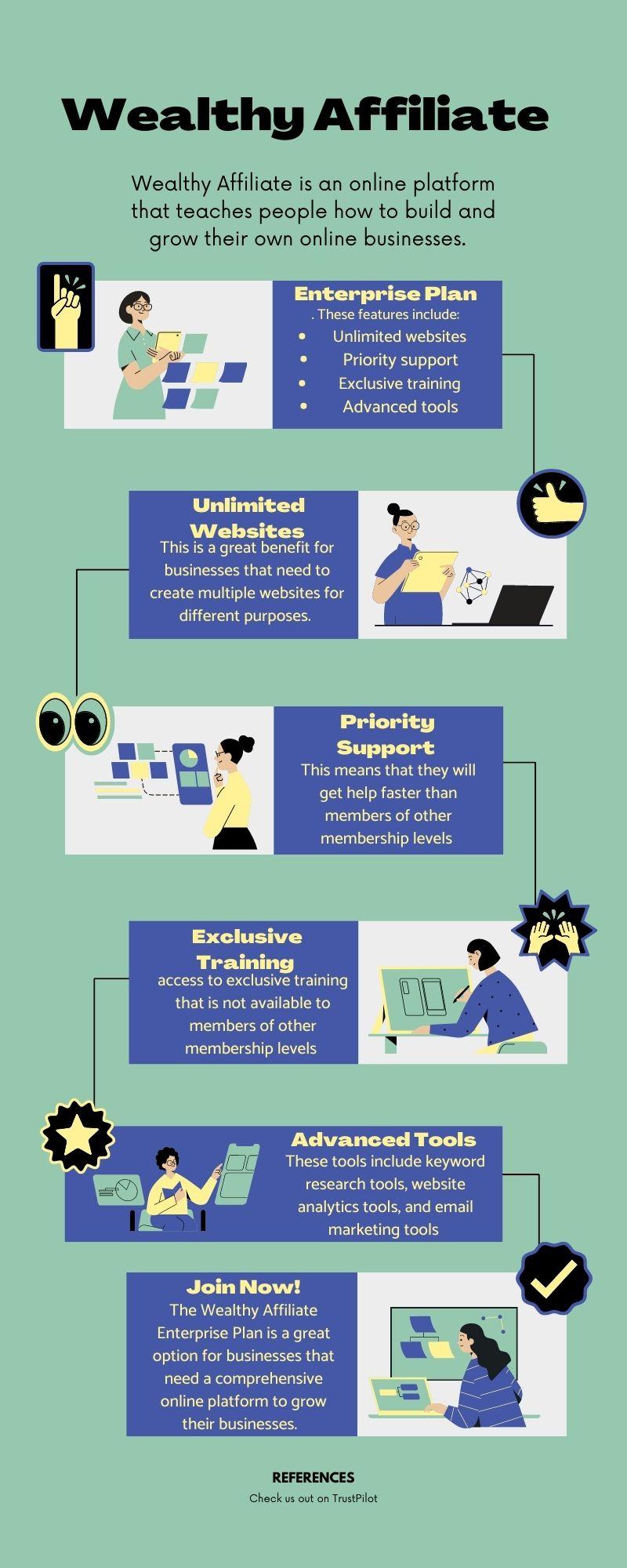Proven Tips to Boost Your Website’s Visibility on Google
Imagine this: your website sitting proudly at the top of Google’s search results, effortlessly attracting thousands of visitors every single day—all without spending a dime on advertising. It sounds like a dream, right? But it’s a dream that can become a reality with the right strategies. Landing on Google’s first page isn’t reserved for big-name brands or tech-savvy entrepreneurs; it’s an achievable goal for anyone willing to put in the work.
Here’s the hard truth: if your website isn’t on the first page of Google, you’re missing out on one of the biggest opportunities to grow your audience and revenue. Research shows that 91% of searchers never click past the first page. That means the vast majority of potential customers are unlikely to ever see your content unless you claim a spot at the top.
But how do you get there? Whether you’re just starting out or looking to refine your SEO strategy, this guide will walk you through actionable steps to help improve your rankings, boost your visibility, and reach your target audience effectively.

Why Landing on Google’s First Page Matters
Being on Google’s first page isn’t just about bragging rights—it’s about results. Websites that rank high in search engine results pages (SERPs) receive the lion’s share of clicks, which translates into more traffic and, ultimately, more revenue.
First and foremost, ranking on the first page drives organic traffic—visitors who find your website through a Google search rather than paid ads. This traffic is not only free but often more valuable because these users are actively searching for what you offer. Additionally, being on Google’s first page builds credibility. Users naturally trust websites that rank high, seeing them as authoritative sources within their niche.
Finally, there’s the matter of long-term value. Unlike paid ads, which stop generating traffic as soon as you stop paying, organic rankings provide a steady stream of visitors without requiring ongoing investment. Once you achieve a high ranking, the benefits can snowball over time.
So how do you climb the ranks? It starts with optimizing your website to meet Google’s expectations.
Step 1: Create a User-Friendly Website
Google’s algorithm doesn’t just prioritize keywords—it’s designed to reward websites that provide a great user experience. If your site is slow, hard to navigate, or doesn’t work on mobile devices, your rankings will suffer.
A user-friendly website is one that’s fast, accessible, and easy to use. Start by ensuring your pages load quickly. Studies show that visitors will abandon a site that takes longer than three seconds to load, so speed is critical. Tools like Google PageSpeed Insights can help you identify and fix any performance issues on your site.
Next, focus on mobile optimization. With more than half of all web traffic now coming from mobile devices, Google prioritizes sites that are mobile-friendly. Your website should look great and function smoothly on smartphones and tablets.
Finally, prioritize intuitive navigation. Visitors should be able to find what they’re looking for without frustration. Use clear menus, search bars, and call-to-action buttons (CTAs) to guide users toward their goals.
Step 2: Publish High-Quality, Relevant Content
If your website is the vehicle, then content is the fuel that powers your journey. Google’s primary goal is to deliver the best answers to users’ questions, so your content needs to stand out.
Start by understanding your audience. What are their biggest pain points? What questions are they asking? Tailor your content to provide solutions and actionable advice. For example, if you’re in the fitness niche, a post titled “10 Effective Home Workouts for Busy Professionals” can resonate with your audience while demonstrating your expertise.
When creating content, prioritize quality over quantity. Long-form blog posts of 1,500 words or more tend to perform better because they offer more in-depth information. However, don’t write just to hit a word count. Every sentence should provide value.
Additionally, use keywords strategically. Keywords are the phrases people type into Google when searching for information. Incorporate them naturally into your titles, headings, and throughout the body of your content. But avoid keyword stuffing, which can hurt your rankings. Instead, focus on creating content that flows naturally and delivers value.
By consistently publishing high-quality content, you position your site as a trusted resource—something Google rewards with higher rankings.
Step 3: Choose the Right Keywords
Keywords are the backbone of SEO, and selecting the right ones can make or break your strategy. Think of keywords as the bridge between your content and the audience you want to reach.
To find the best keywords for your site, start by brainstorming phrases your target audience might search for. For example, if you sell handmade candles, terms like “best organic soy candles” or “handmade candle gift ideas” might be relevant.
Once you have a list of ideas, use keyword research tools like Jaaxy or Google Keyword Planner to analyze their search volume and competition. Long-tail keywords—phrases with three or more words—are often easier to rank for and attract a more targeted audience. For instance, “how to make your home smell amazing with candles” is a long-tail keyword that’s specific and less competitive than a broader term like “candles.”
Step 4: Build High-Quality Backlinks
Backlinks—links from other websites to yours—are one of Google’s most important ranking factors. Think of backlinks as votes of confidence from other sites. The more reputable sites that link to you, the more authoritative Google considers your website to be.
Earning backlinks starts with creating content that others want to share. This could be in-depth guides, unique research, or visually engaging content like infographics. You can also reach out to other websites in your niche to collaborate, guest post, or request a link when you’ve mentioned their content.
Remember, not all backlinks are created equal. A single link from a high-authority site can be more valuable than dozens of links from smaller, low-quality sites. Focus on building relationships and earning links that boost your credibility.
Step 5: Use Tools Like Google Search Console
To improve your SEO efforts, you need data—and Google Search Console (GSC) is one of the best tools available. This free platform provides insights into how your site is performing in search results.
With GSC, you can track which keywords are driving traffic to your site, identify and fix technical issues like broken links, and submit your sitemap to ensure Google indexes all your pages. Regularly monitoring your performance allows you to refine your strategy and address any problems that could hurt your rankings.
Step 6: Promote Your Content Effectively
Creating great content is only half the battle. To rank on Google, you need people to find and engage with your posts. Social media platforms like Facebook, Instagram, and LinkedIn are excellent channels to promote your content. Sharing blog posts with your followers not only drives traffic but also increases the likelihood of others linking to your site.
Email marketing is another effective strategy. By sending your latest content to subscribers, you keep your audience engaged and encourage repeat visits.
Collaborating with influencers in your niche is another way to expand your reach. Partnering with someone who already has an engaged audience can help you introduce your content to a broader group of potential readers.
Patience Is the Key to SEO Success
SEO is a long-term game. It can take weeks or even months to see results, but the rewards are worth the wait. As you consistently improve your website, create valuable content, and build backlinks, your rankings will improve.
Remember, small, steady progress adds up over time. With persistence and the right strategies, your website can claim a spot on Google’s first page, unlocking the traffic and growth you’ve been dreaming of.



